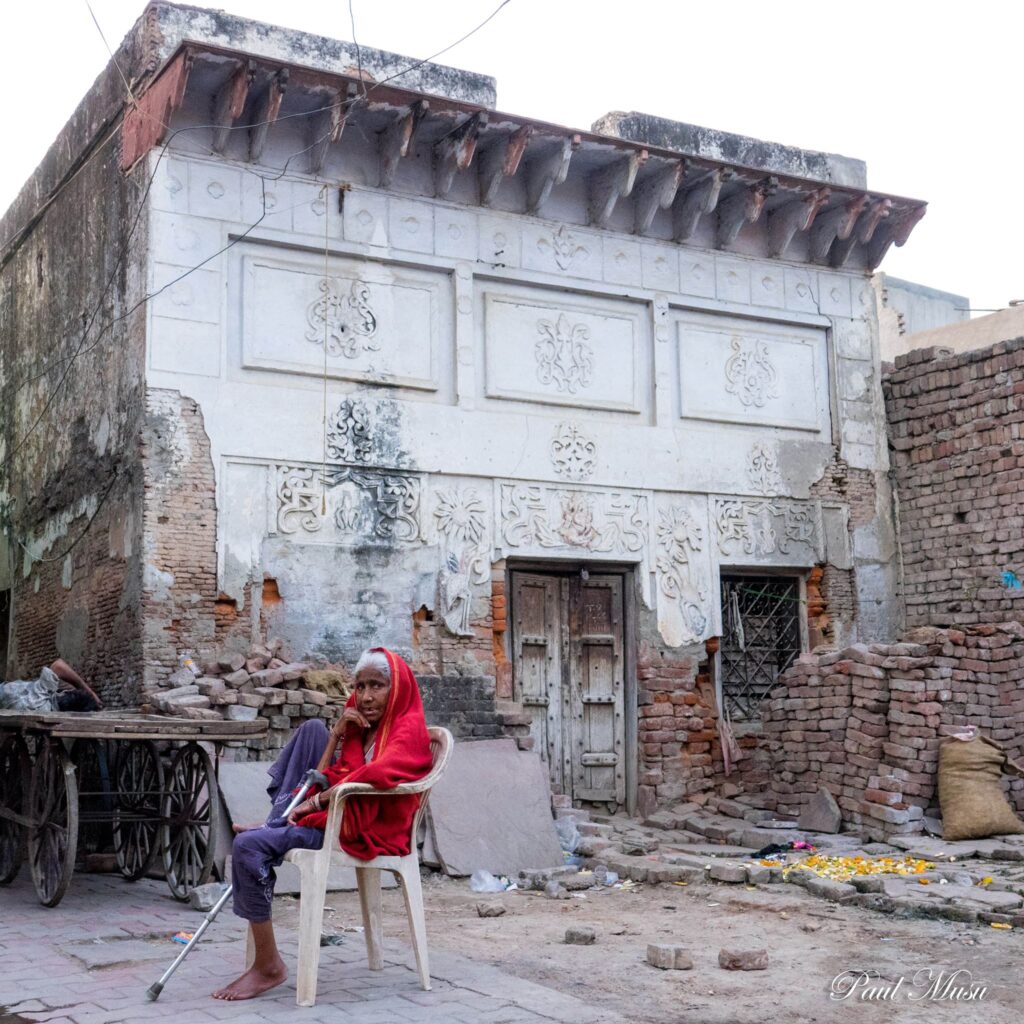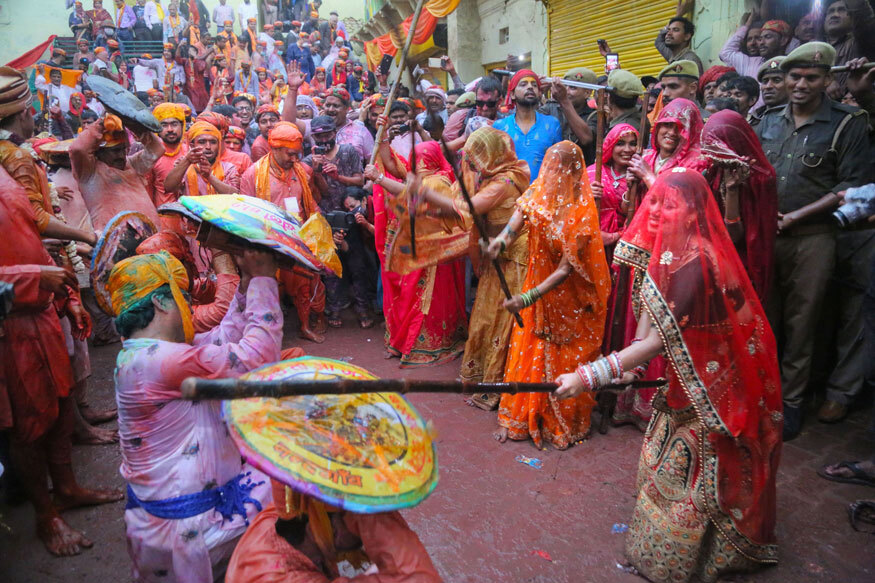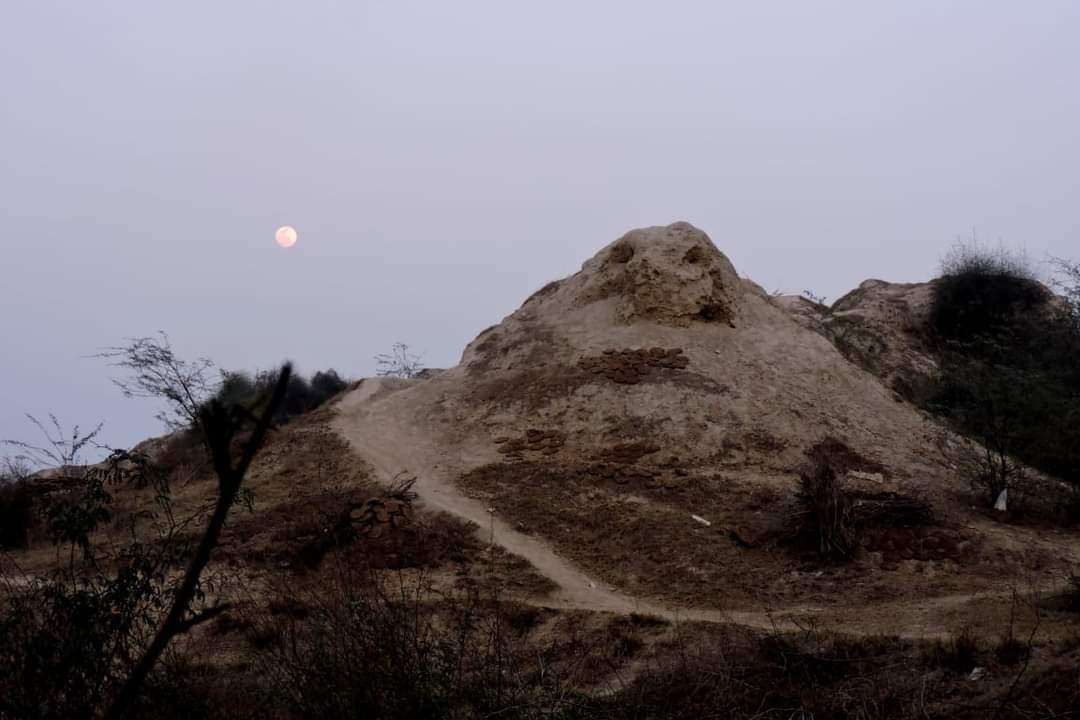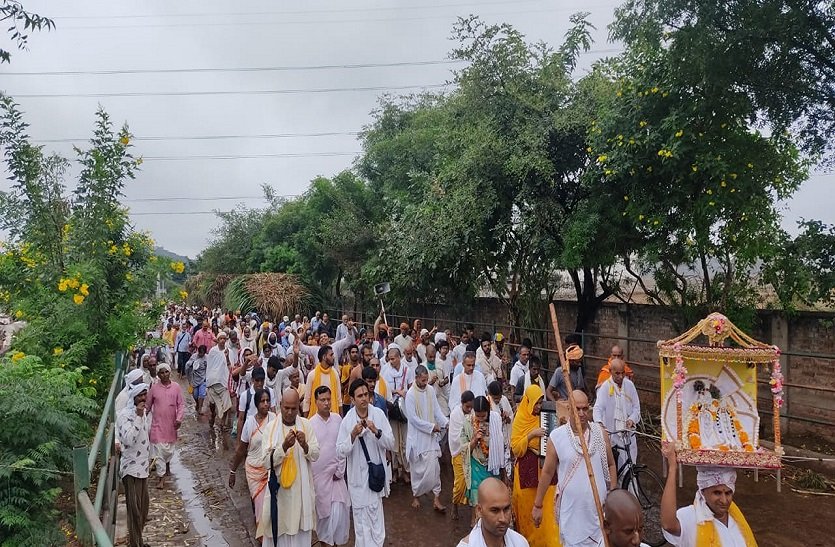Braj: Addressing Urgent Challenges in Preserving Its Forests and Architectural Heritage as a Potential World Heritage Site
By Shri Prashant Shekhar Yadav (Sustainability Researcher and a Former Diplomat at UN Headquarters in New York)
2024.10.19 (Vrindavan Today News): Braj, a region in India renowned for its spiritual and cultural significance, as well as its historical natural beauty, showcases a vibrant heritage that now faces pressing challenges threatening its preservation. While Braj is celebrated for its rich heritage, it is grappling with the alarming decline of its forests and architectural wonders. The Bhakti Yoga heritage, centered around the divine interactions of Radha and Krishna, unfolded in these sacred spaces and has deep historical roots.

Once revered for its twelve majestic forests, including the Belvan, Bhandirvan, Lohvan, Madhuvan, and Talvan forests, Braj is now suffering from the effects of modern agricultural development and urbanization. My exploration of these ancient woods highlighted the stark contrast between their historical grandeur and their current state. Areas that were once lush and vibrant now show signs of significant ecological degradation, such as deforestation, soil erosion, and loss of biodiversity. The once-thriving ecosystems are diminishing rapidly, underscoring the urgent need for preservation. The timeless beauty of ancient temples and kund (holy ponds) adds another layer of significance to the Braj’s cultural landscape. Many sites within the Braj region, some over 5,000 years old, are experiencing neglect due to rapid urbanization. The region’s unique architectural heritage is at risk, with numerous temples and structures showing signs of wear and deterioration. As urban development encroaches, the integrity of these ancient sites is compromised, leading to a loss of historical context and community identity. Immediate action is needed to safeguard these irreplaceable treasures. These structures serve as enduring reminders of the spiritual and ecological richness that once defined the region.
The United Nations Sustainable Development Goal (SDG) Target 11.4 emphasizes the importance of protecting cultural and natural heritage. This goal serves as a call to action for governments, local communities, and international organizations to come together in the effort to preserve Braj’s unique heritage. During my visit, I had the privilege of exploring various areas that exemplify the enduring spirit of Braj. The dedication of local NGOs, volunteers, and corporations has been crucial in preserving the region’s heritage. Their tireless work in reforestation, restoration of historical sites, and community engagement demonstrates a collective commitment to safeguarding Braj’s future. However, a broader coalition—including governments, international organizations, and private stakeholders—is essential to ensure the effective protection and restoration of this invaluable holy region.
It emphasizes the importance of protecting these sites, not just for their cultural value but also for their role in the spiritual life of millions. The urgency of preserving Braj’s natural and cultural heritage cannot be overstated. By coming together as a global community, we can ensure that future generations experience the beauty and significance of this extraordinary region. Initiatives aimed at sustainable tourism, environmental education, and community involvement can help foster a culture of preservation. By recognizing Braj as a potential UNESCO World Heritage site, we can elevate its profile and attract the attention and resources needed for conservation efforts. Let us unite to protect our disappearing forests and architectural wonders, honoring the legacy of Braj for all to cherish. By doing so, we can pave the way for Braj to not only survive but thrive as a beacon of cultural and ecological richness in the years to come.





